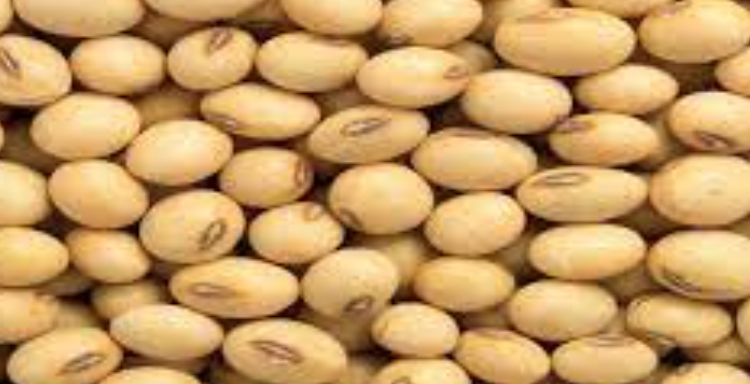Source: Tanzania Sustainable Soybean Initiative. (2023). Baseline Report of the Tanzanian Soybean Sub-Sector. Southern Agricultural Growth Corridor of Tanzania (SAGCOT).
Soya (soybeans) is a vital crop for Tanzania, providing a significant source of income for smallholder farmers and contributing to food security and nutrition. The Tanzania Sustainable Soybean Initiative (TSSI) Baseline Report offers a comprehensive overview of the current state of soya production in Tanzania, highlighting key trends, challenges, and opportunities within the sector. This article introduces the soya sector, including its importance, key regions for production, and an overview of farmer demographics.
Importance of Soya in Tanzania
Soya is increasingly becoming a critical crop in Tanzania due to its versatility and economic value. It is used for various purposes, including as a source of protein in animal feed, edible oil production, and nutritional food ingredients. The demand for soya and its products is growing, driven by rising incomes, urbanization, and increased awareness of its nutritional benefits.
Key Regions for Soya Production
The TSSI Baseline Report identifies the southern highland regions as Tanzania’s primary areas for soya production. These regions include Morogoro, Iringa, Njombe, Mbeya, Ruvuma, Songwe, and Rukwa. The government, along with various agricultural organizations, has been actively promoting soya production in these regions to enhance food security and improve livelihoods.
Farmer Demographics
The report highlights several key demographic characteristics of soya farmers in Tanzania:
- Gender: 78% of soya-growing households are male-headed. Understanding the gender composition of households provides insights into various aspects of social dynamics and resource allocation within families.
- Household Size: The average household size is 7 members, which is above the national average of 5. This larger household size reflects the importance of family labor in the agriculture-intensive southern highlands.
- Marital Status: Over 84% of household heads are married and living with their spouses, with less than 4% divorced or separated, and less than 5% having never been married.
- Education Levels: More than 83% of household heads have completed primary education, indicating a basic level of literacy and education among soya farmers.
Land Acquisition and Utilization
Land acquisition for soya farming in Tanzania occurs through various means:
- Inheritance: 55% of soya farmers acquired their land through inheritance, passing ownership down through generations.
- Purchase: 31% of farmers purchased their land.
- Leasing: 6% of farmers lease their land.
The average total farm size per household is 4.47 hectares, varying across regions. This farm size is above the national average of 2.3 hectares, reflecting the land-intensive nature of field crops like cereals, pulses, and oilseeds.
Conclusion
The TSSI Baseline Report provides a detailed snapshot of the current state of soya production in Tanzania, highlighting the crop’s importance, key production regions, and farmers’ demographic characteristics. Understanding these aspects is crucial for developing targeted interventions and policies to support the growth and sustainability of the soya sector in Tanzania.
For a deeper dive into the findings and recommendations of the TSSI Baseline Report, further articles in this series will explore specific aspects of soya production, market dynamics, and the prospects of the soya sector in Tanzania.
Source: Tanzania Sustainable Soybean Initiative. (2023). Baseline Report of the Tanzanian Soybean Sub-Sector. Southern Agricultural Growth Corridor of Tanzania (SAGCOT).
